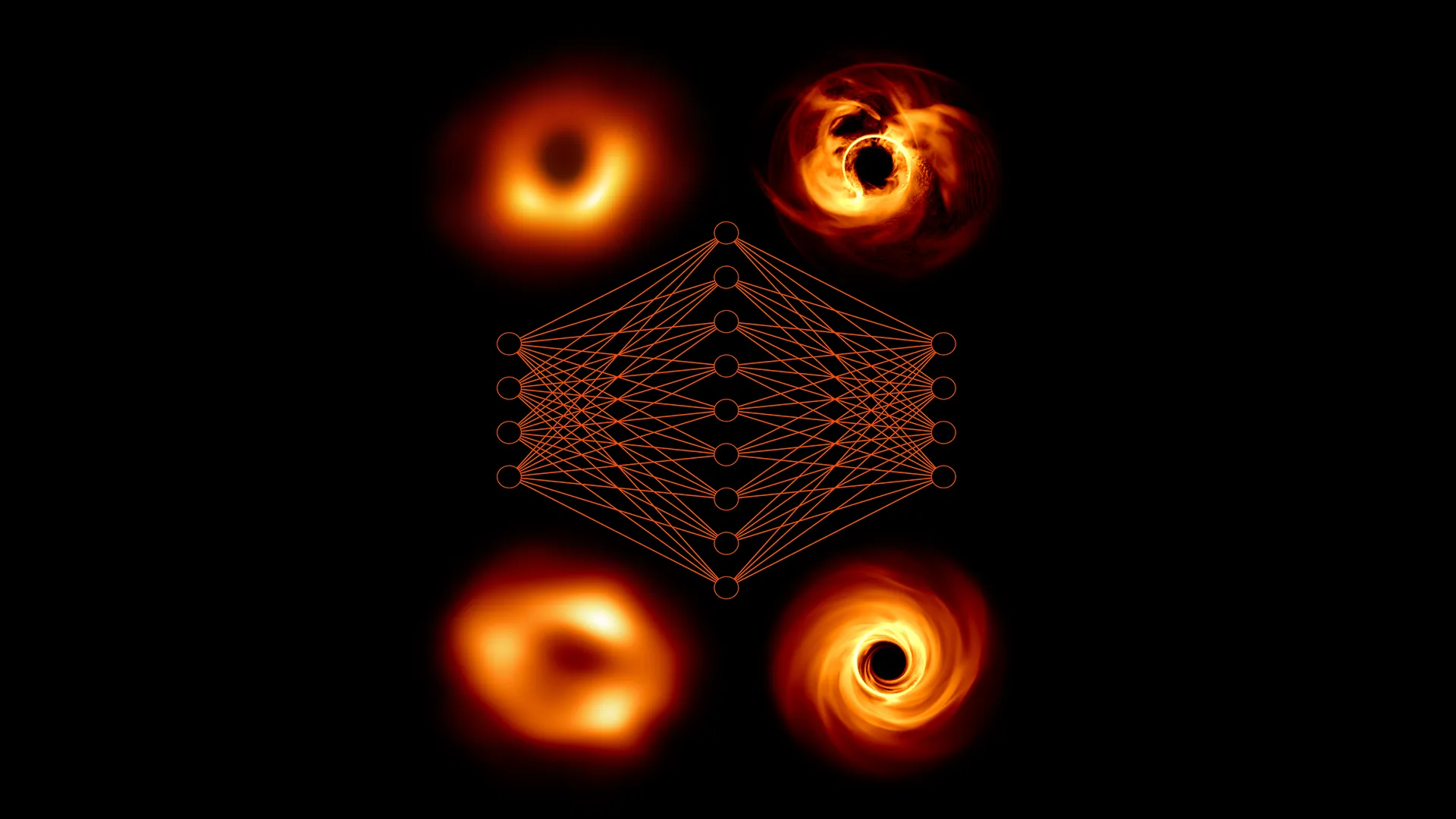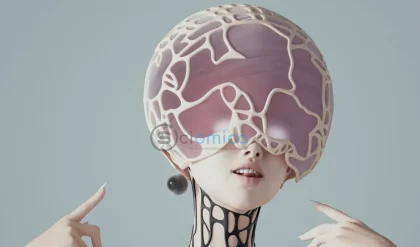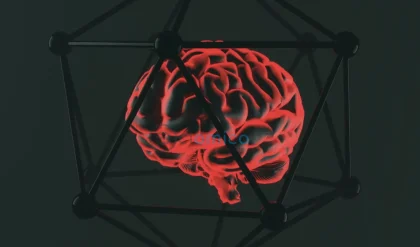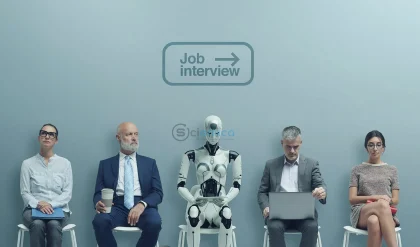
An international team of astronomers has achieved a significant milestone in the field of astrophysics by utilizing artificial intelligence (AI) and neural networks to analyze data from black holes. Their groundbreaking research indicates that the black hole at the center of the Milky Way galaxy, known as Sagittarius A*, is rotating at nearly its maximum speed. This revelation stems from a sophisticated methodology that involved training a neural network with millions of synthetic simulations to extract a wealth of information from previously enigmatic data.
The large-scale simulations were made possible through the advanced computing resources provided by the Center for High Throughput Computing (CHTC), a collaboration between the Morgridge Institute for Research and the University of Wisconsin-Madison. The findings were published in three papers in the prestigious journal Astronomy & Astrophysics.
High-throughput computing, which marks its 40th anniversary this year, enables researchers to tackle vast computational tasks by distributing the workload across a network comprising thousands of computers. This efficient system, pioneered by computer scientist Miron Livny, allows astronomers to convert immense challenges into manageable tasks, thereby propelling scientific research in various domains, including astrophysics, neutrino detection, and antibiotic resistance studies.
Previously, the Event Horizon Telescope (EHT) Collaboration released iconic images of black holes, including the first image of a supermassive black hole located in M87 in 2019, followed by the image of Sagittarius A* in 2022. However, the datasets behind these images were still replete with complexities waiting to be unraveled. By employing a Bayesian neural network that could quantify uncertainties, the international team could now analyze millions of synthetic data files instead of relying on a limited number of realistic simulations. This approach improved the comparison between the EHT observations and theoretical models significantly.
The results from this study suggest that the Milky Way’s central black hole is not only spinning rapidly but also has its rotation axis aligned with Earth. The emissions observed near the black hole predominantly arise from extremely hot electrons in the surrounding accretion disk rather than from a jet, which is contrary to existing theories. Moreover, the behavior of magnetic fields in the accretion disk appears distinct from conventional predictions.
Lead researcher Michael Janssen from Radboud University Nijmegen expressed excitement about the team’s findings, noting the deviation from prevailing theories as a pivotal moment in research. However, he emphasized that this research is merely a preliminary step, with plans for improving and expanding the models and simulations in the future.
Chi-kwan Chan, an Associate Astronomer at the University of Arizona, highlighted the achievement of scaling up to millions of synthetic data files as a remarkable feat, necessitating effective workflow automation and workload distribution. In a collaborative effort, CHTC facilitated the necessary infrastructure to produce AI-ready data, empowering EHT researchers to forge ahead in scientific discovery.
The NSF-funded Open Science Pool, engaged by the Partnership to Advance Throughput Computing (PATh), has provided computing power contributed by over 80 institutions across the United States. Over the last three years, the Event Horizon black hole project has executed more than 12 million computational jobs, showcasing the efficiency of high-throughput computing.
Miron Livny, director of the CHTC, stated that handling workloads consisting of millions of simulations exemplifies the strengths of their throughput-oriented capabilities, cultivated over four decades. The ongoing collaboration with researchers confronts the scalability challenges intrinsic to cutting-edge scientific inquiries, aligning with CHTC’s mission of facilitating groundbreaking research.
Reference:
- M. Janssen, C.-k. Chan, J. Davelaar, I. Natarajan, H. Olivares, B. Ripperda, J. Röder, M. Rynge, M. Wielgus. Deep learning inference with the Event Horizon Telescope. Astronomy & Astrophysics, 2025; 698: A60 DOI: 10.1051/0004-6361/202553784






